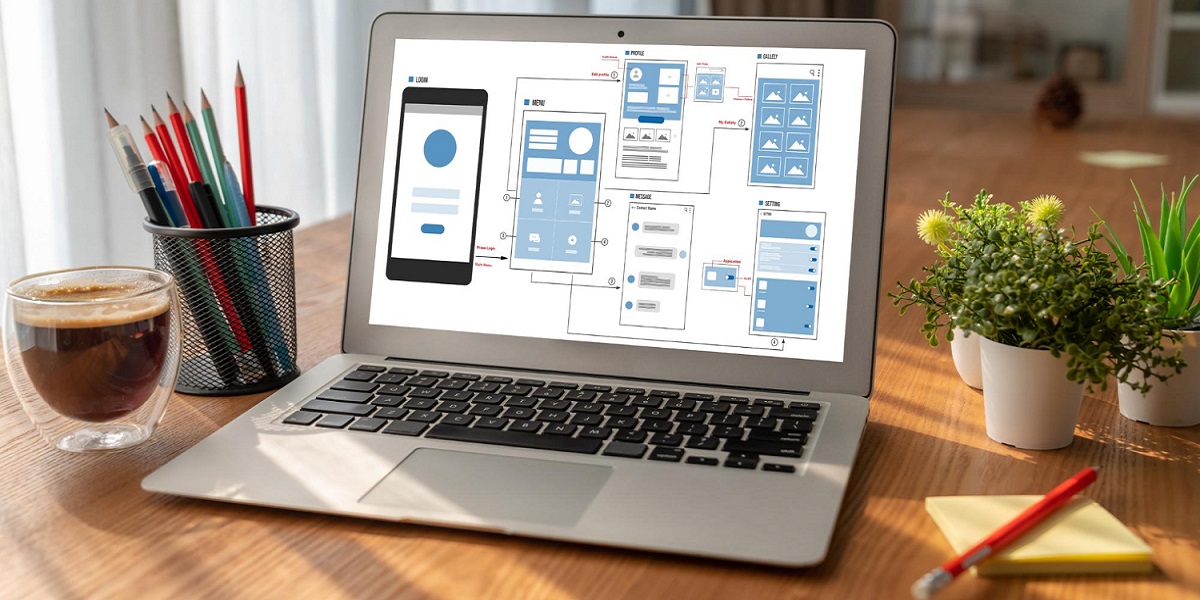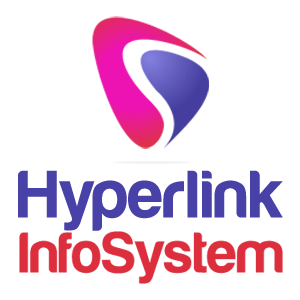
Figma has become one of the most popular tools for UI/UX designers worldwide, offering a collaborative, cloud-based environment that simplifies the entire design process. While exploring Figma’s vast capabilities, you’ve likely come across two key terms: UI kits and design systems. They’re often used interchangeably, but they serve very different purposes. Understanding the difference between them can improve your workflow, boost your efficiency, and ensure consistency in your design work.
Let’s break down what each of these terms means and how you can choose the right one depending on your project needs. If you’re looking for tools to get started, Figma Resources offers a wide range of free templates, kits, and design assets.
A UI kit is a collection of ready-made design components that help you build interfaces quickly. These components typically include buttons, forms, sliders, navigation bars, icons, and more. The idea behind a UI kit is to provide designers with a set of building blocks that follow a consistent visual style, allowing for faster prototyping and mockup creation.
UI kits are especially useful when you're starting a new project and want to avoid designing every component from scratch. They save time, ensure a polished look, and often align with common design patterns or styles like material design, minimalism, or skeuomorphism.
Many designers and teams download UI kits from platforms like Figma Resources to accelerate their workflow and maintain visual consistency during the early stages of a design.
While UI kits offer a set of visual elements, design systems go far deeper. A design system is a structured framework that includes not just reusable UI components but also the rules, guidelines, and documentation that define how those elements should be used. It often includes typography scales, spacing rules, color systems, brand guidelines, accessibility standards, and code references for developers.
In Figma, design systems are typically built using shared libraries and component variants, allowing for dynamic and scalable design across large teams and multiple projects. Updates made in one place can be reflected across all instances where that component is used, which saves time and keeps designs consistent.
Design systems are not static. They evolve as the product grows, making them ideal for organizations that value long-term scalability, collaboration, and efficiency.
The core difference between UI kits and design systems lies in their scope and purpose. UI kits are collections of styled components intended for visual mockups or small-scale projects. They are often fixed and may not include instructions on how to use the components.
Design systems, in contrast, are robust ecosystems that define the behavior, usage, and maintenance of components. They are built for scalability, intended to be used by design and development teams across products. Design systems are often collaborative, well-documented, and continuously updated to reflect changes in brand or user needs.
While a UI kit helps you move fast, a design system helps you stay consistent over time.
UI kits are perfect for freelancers, students, and solo designers who need to build functional prototypes quickly. If you’re working on a small project or trying out a design concept, a UI kit will get the job done efficiently.
Design systems are better suited for teams or companies that manage multiple products and need consistency across all user interfaces. If you’re part of a growing startup or enterprise design team, using or building a design system in Figma will give you more control and cohesion over time.
Choosing between the two depends on the scale of your project, your team size, and how much consistency and collaboration your workflow demands.
Figma offers features that support both UI kits and design systems seamlessly. With components, shared libraries, auto layout, and team collaboration tools, Figma allows designers to manage simple UI kits or fully integrated design systems within a single platform.
UI kits can be organized into files for quick access and use, while design systems can be set up with detailed documentation and scalable architecture. Figma’s real-time collaboration makes it easy to share assets and maintain alignment between design and development teams.
Whether you're starting with a small prototype or building a full-scale design system, you need reliable assets to work efficiently. That’s where Figma Resources comes in. It’s a curated platform offering free, high-quality Figma templates, UI kits, icon packs, mockups, and even starter design systems. These resources help you avoid building from scratch and focus on solving real design problems.
You’ll find a wide variety of assets tailored to different industries, styles, and use cases — all ready to import directly into Figma.
UI kits and design systems each play important roles in the design process. UI kits offer convenience and speed, helping designers build attractive layouts quickly with ready-made components. Design systems, on the other hand, provide a scalable, documented structure that supports long-term consistency and collaboration across teams.
A UI kit is a collection of visual components used for quick mockups, while a design system is a comprehensive set of components, guidelines, and documentation used for scalable and consistent design.
Yes, with time and planning, you can convert a UI kit into a design system by adding structure, rules, documentation, and scalable components using Figma’s features.
Yes, design systems are built for collaboration and consistency across multiple teams and products, while UI kits are more suitable for individual or short-term projects.
